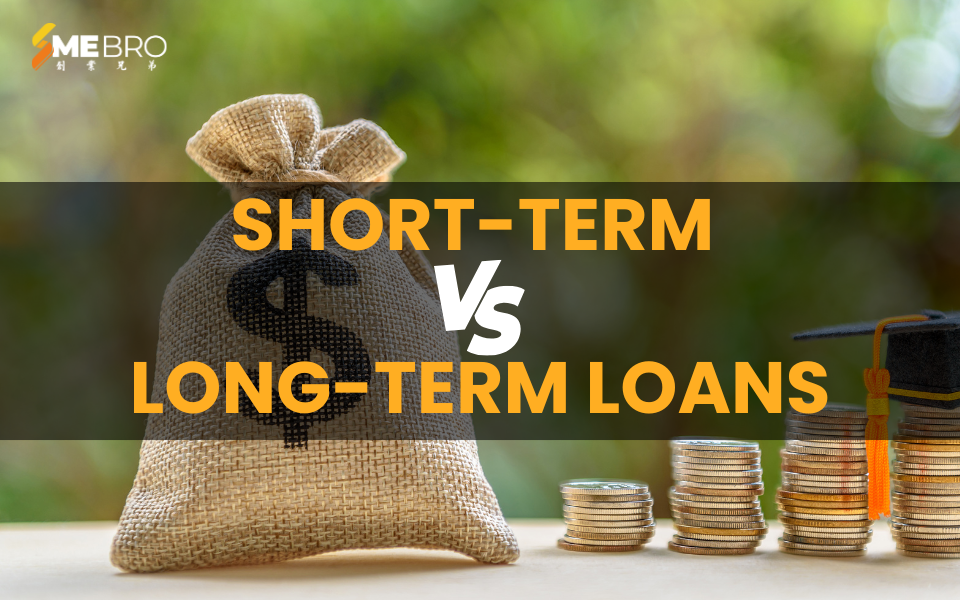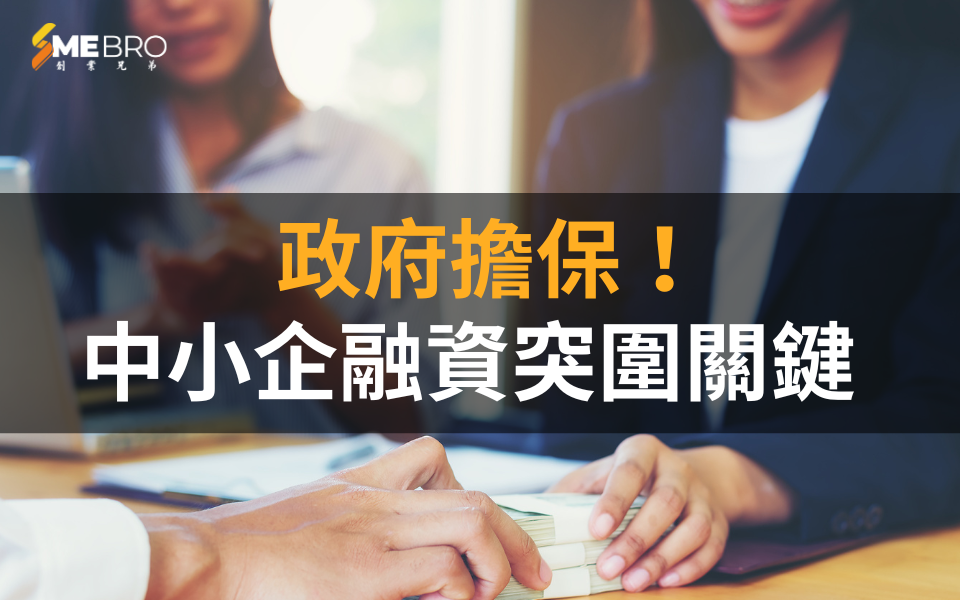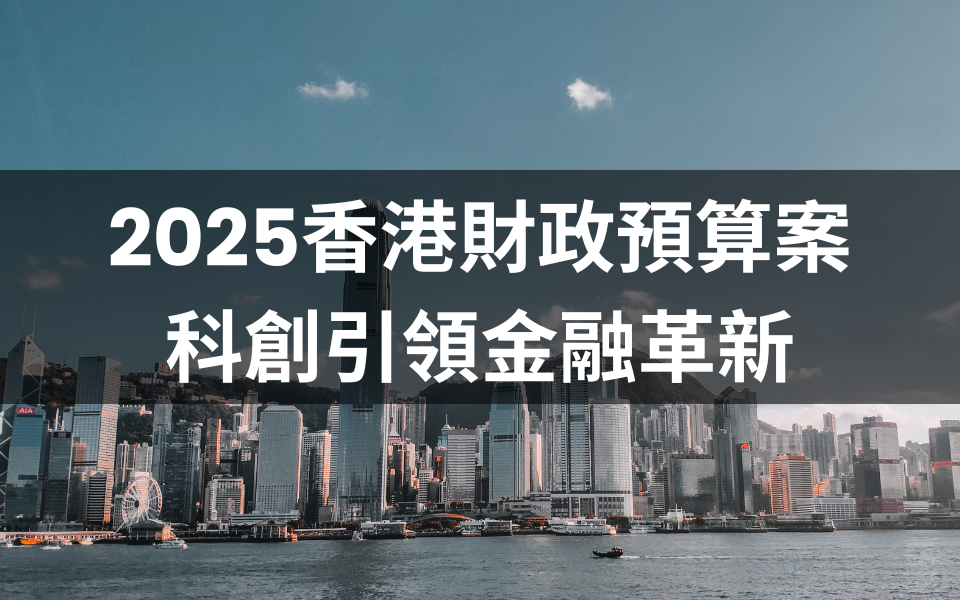In Hong Kong's dynamic financial ecosystem, selecting the right financing instrument is critical for driving growth, managing operations, and sustaining competitiveness. Loans remain indispensable for businesses, but choosing between short-term and long-term options demands a strategic assessment of their structures, advantages, and optimal applications.
Understanding Short-Term Loans
Short-term loans address immediate liquidity needs, with repayment periods typically capped at 12 months. Key characteristics include:
-
Targeted Funding: Designed for urgent operational requirements such as inventory restocking, payroll fulfillment, or bridging temporary cash flow gaps.
-
Higher Interest Rates: Reflects shorter repayment timelines and perceived lender risk, though costs may be offset by rapid turnover.
-
Expedited Approval: Streamlined processes enable funding disbursement within days, critical for time-sensitive opportunities.
-
Flexible Security: Certain products (e.g., revolving credit lines, invoice financing) may require minimal or no collateral.
Common applications include trade finance for import/export businesses, seasonal inventory financing for retailers, or bridging loans for contractors awaiting project payments. For example, a Hong Kong trading firm might leverage a short-term facility to secure a bulk order of goods, repaying the loan upon customer settlement.
Strategic Role of Long-Term Loans
Long-term loans support large-scale investments, with repayment schedules spanning 3–30 years. Key features:
-
Substantial Capital Access: Enables major expenditures like commercial property acquisition, multi-phase expansion, or heavy machinery procurement.
-
Competitive Interest Rates: Lower annual rates due to extended terms, though total interest costs accumulate over time.
-
Collateral Requirements: Often secured against business assets (e.g., real estate, equipment) to mitigate lender risk.
-
Structured Repayment: Fixed installments aid financial forecasting and balance sheet management.
A Hong Kong manufacturer, for instance, might utilize a long-term loan to automate production lines, aligning repayments with incremental efficiency gains and revenue growth.
Critical Comparison for Corporate Decision-Makers
-
Tenure: ≤12 months vs. multi-year commitments.
-
Purpose: Operational agility vs. transformative capital projects.
-
Cost Dynamics: Higher periodic payments (short-term) vs. prolonged interest accrual (long-term).
-
Risk Considerations: Short-term loans demand robust cash flow to avoid liquidity crunches; long-term debt necessitates confidence in sustained revenue streams.
Selecting the Optimal Financing Structure
Businesses should evaluate:
-
Funding Objective: Is the capital needed for cyclical gaps or strategic growth?
-
Cash Flow Health: Can the company absorb higher periodic repayments, or is extended amortization preferable?
-
Asset Position: Are collateralizable assets available to secure favorable terms?
-
Industry Dynamics: Sector-specific risks (e.g., retail seasonality, construction project timelines) may influence loan suitability.
Why Collaborate with SMEBro?
In Hong Kong’s complex financial landscape, SMEBro delivers tailored corporate financing solutions. Our expertise spans local regulatory frameworks, industry-specific challenges, and lender networks, ensuring businesses secure optimally structured loans. From short-term working capital facilities to long-term growth financing, we prioritize transparency, alignment with corporate objectives, and risk mitigation.
Partner with SMEBro to transform financing into a strategic asset—because informed capital decisions today define tomorrow’s market leadership.



